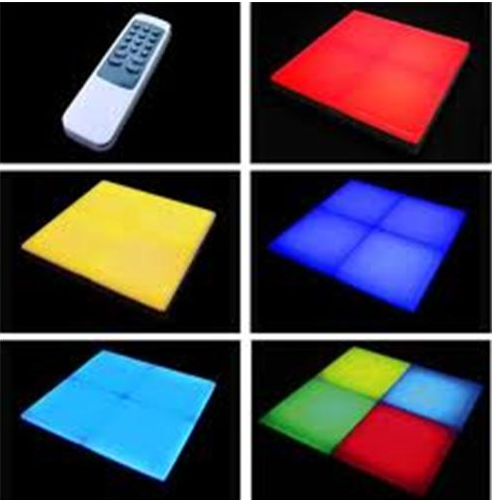In 1907, Henry Joseph Round for the first time on a piece of silicon carbide was observed electroluminescence phenomenon. Because the light is too dim a yellow color, and not suitable for practical application; more difficulty lies in silicon carbide and electroluminescence can not adapt to the good, so the research has been abandoned.
In twenty times Bernhard Gudden and Robert Wichard in Germany used advanced from zinc sulfide and copper refining yellow phosphorus emission. Once again as the light emitting dim and stop.

In 1936, George Destiau published a zinc sulfide powder emission light report. With the current application and widely recognized, culminating in the “El” this term. In twentieth Century 50, British scientist’s photoluminescence experiments using semiconductor GaAs invented the first modern led in electric, and published in the 60’s. It is said that in early trials, LED needs to be placed in liquid nitrogen, and need operation and further to efficiently work at room temperature. The first commercial LED can not only emit invisible infrared light, but quickly applied to induction and photoelectric fields. At the end of the 60’s, the use of phosphate invented the first visible red light LED on GaAs substrate. Gap changes make LED more efficient, the red light is brighter, and even produce orange light.
To 70 time metaphase, gap is used as the light source, then a pale green. LED adopts a double-layer gap chip (one red and the other one is green), which can emit yellow light. At this time, Russian scientists use emery manufacturing out of the yellow light LED. Although it is not efficient as European’ LED. But in the late 70’s, it can emit green light.
The early 80’s mid of GaAs aluminium phosphide make the birth of the first generation of high brightness LED, first red, then yellow, and then green. By the early nineteen nineties, using indium aluminum phosphate produces red, orange, yellow and green LED. The first historic Blu-ray LED also appeared in the early 90’s, the obstacles of semiconductor light source abrasives come early again. According to the technical standard current to measure, yellow LED with Russia source.
90 time metaphase, the GaN LED super bright, then create a green and blue nitrogen gallium indium Led can produce high strength. Super bright blue chip is the core of white LED, with fluorescent phosphorus in the light-emitting chip, and then the fluorescent phosphorus by absorption from the chip on the blue light into white light. Is it to use this technology to produce any visible color light? Today in the LED market let us see produced new colors, such as light green and pink. Scientific thinking readers now may be aware of the LED development experienced a long and tortuous historical process. In fact, the recent development of LED not only can emit ultraviolet light, but also can emit pure and true “black” uv. Then how far the LED development history does could last, there can make nothing of it. Perhaps one day will be able to develop to X ray LED. LED can only be applied early in the indicating lamp, calculator display early and digital watch. And now began to appear in the super bright field. It will be in the next period of time to continue.
